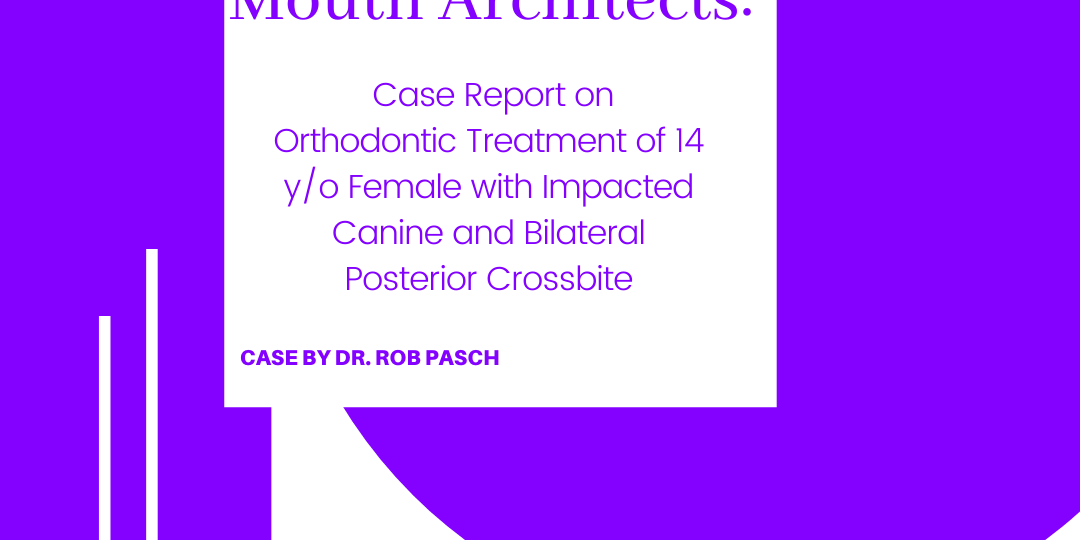During the initial work up assessment of dealing with an orthodontic case, considerations must be made for physiologic growth status of patient in order to adequately manipulate bone and tooth structures to bring about a good occlusion and a nice aesthetic smile.
Technicalities aside, a practitioner is dealing with aesthetics, which is subjective to the patient and the parent’s eyes, so a treatment plan must be made in consideration of these factors and compliance of a teenage patient.
Sounds challenging enough? Well these are the considerations a practitioner must routinely assess when dealing with an orthodontic case. Dr. Rob Pasch (Mississauga, Ontario) came across a unique case when first meeting patient “SC” in April 2015.
Initial presentation of “SC:” 14y/o, revealed impacted right canine 1.3(6), posterior bilateral crossbite, crowded lower arch, zygomatic deficiency, and slightly long lower face. Patient’s chief concern was a “bad bite and smile.” Her growth pattern was brachycephalic and stage 5 on the cervical vertebral maturation (CVM) scale, well into puberty.

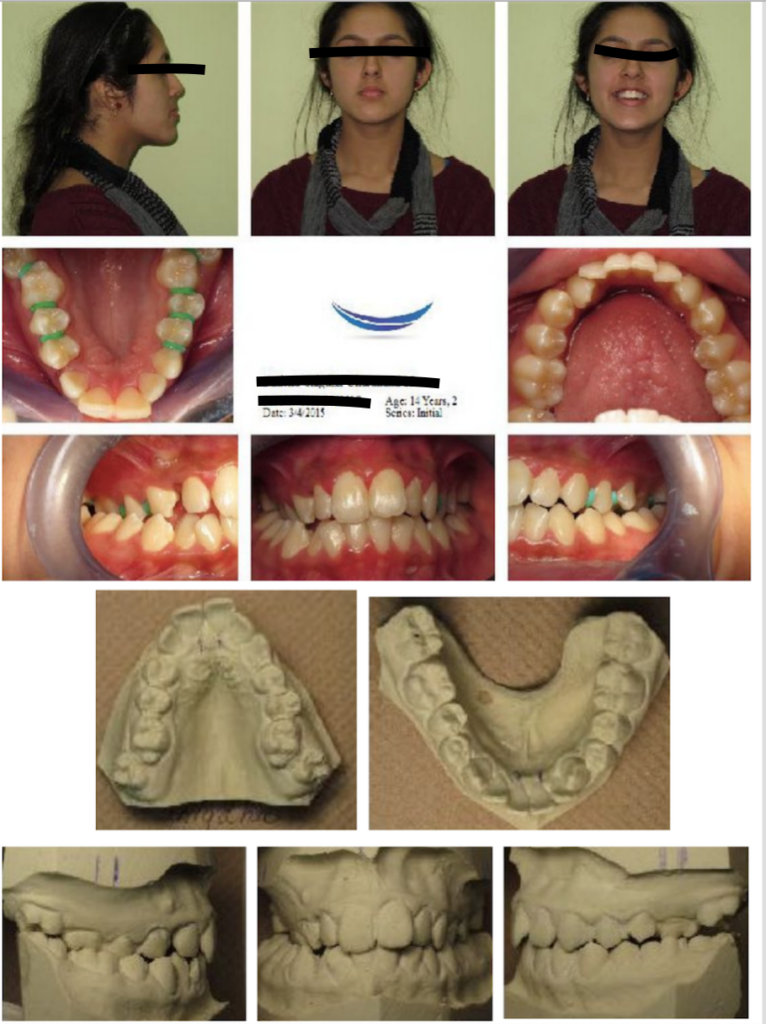
Treatment options were assessed, and a plan assembled for non-extraction, arch development followed by surgical eruption of 1.3(6) and alignment of dentition in order to gain zygomatic fullness and respect the family’s wishes of non-surgical treatment (aside from canine exposure). The case is reported below:
1) Macro osseous expansion of maxilla for occluding into correct curve of Wilson as guided by the lower arch.
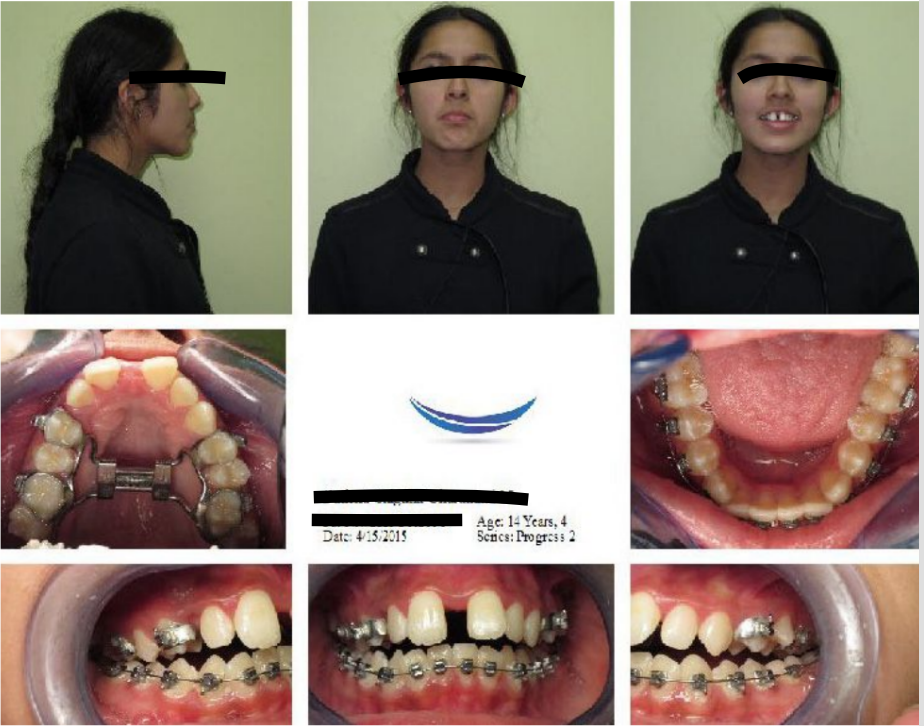
2) Upon completion of lateral arch expansion, bracketing, locatelli springs and NT AW coils were utilized for micro osseous space gaining for the eruption of the impacted 1.3(6).
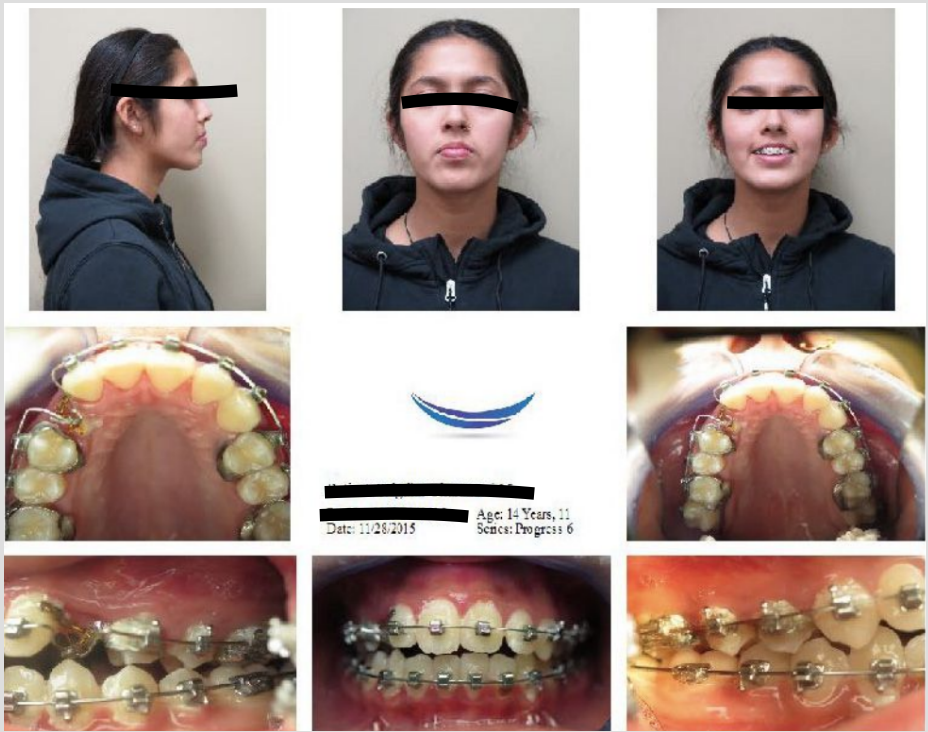
3) CBCT scan used to design the vectors necessary to erupt 1.3(6) lingually. Once adequate eruption was completed, high torque bracketing was used to labially align the tooth in the correct position. The patient was referred to a periodontist for surgical exposure of 1.3.

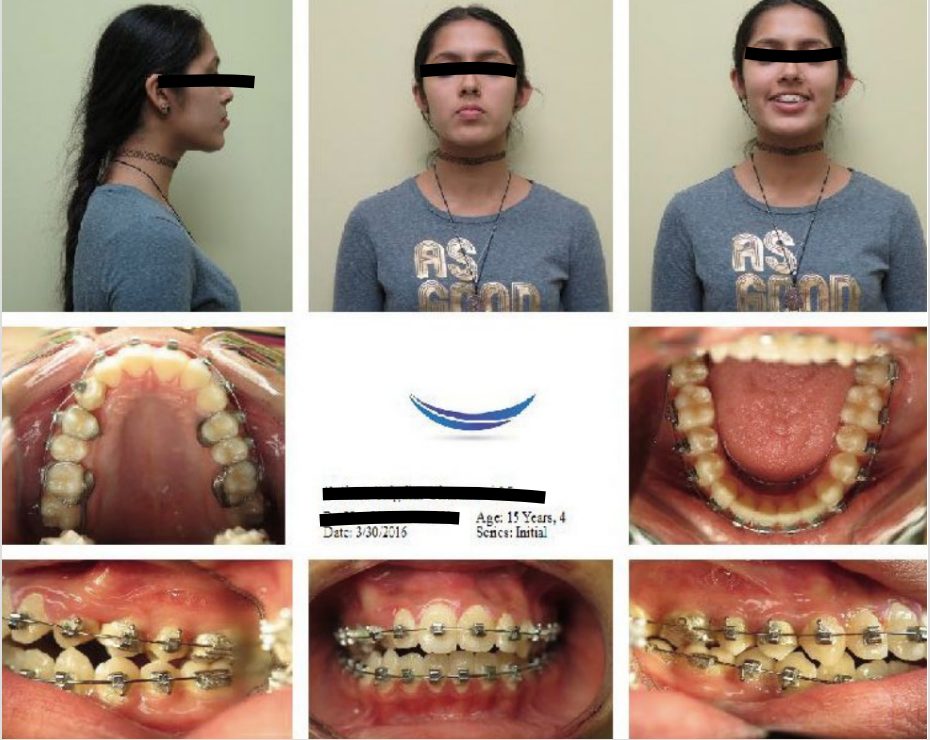
The case was completed in 3 years and 2 months of the start date with the following final clinical results:
- Class 1 molar occlusion
- Straight facial profile
- Zygomatic fullness
- Lip competence at rest
- 2mm overjet and overbite
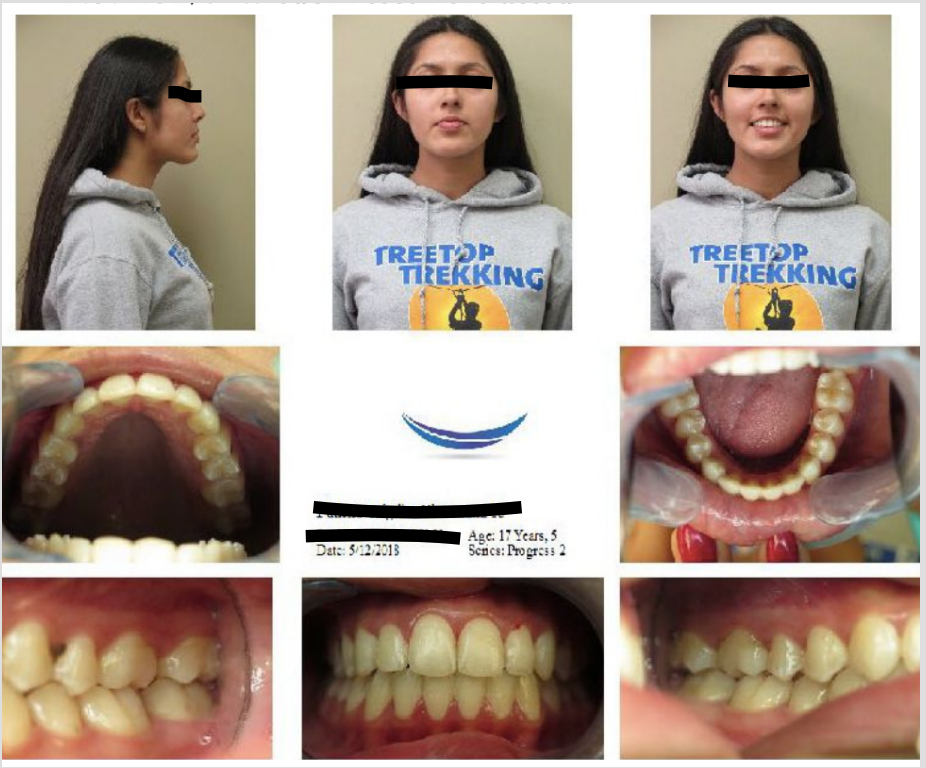
Ectopic eruption of teeth is less commonly found, estimated to be present in only 1.5% of the general population. Maxillary canines are found to be the most commonly impacted tooth besides the third molars. The impacted canine in combination with posterior bilateral crossbite presents a unique challenge surely and requires multilevel management. CBCT proved to be a valuable tool for proper diagnosis in creating an action plan addressing the patient’s concerns in establishing an evenly balanced occlusion and aesthetic smile. Skeletal growth patterns and suture manipulation techniques were used to adequately occlude teeth and gain space for eruption of impacted canine. While surgical skills were used in eruption of canine. Patient compliance was great, and key factor in attaining the final results. This case finished with ideal parameters and long-term stability is expected into maturation.
Today’s Morning Huddle Case was completed by Dr. Rob Pasch – Mississauga, Ontario and reported by Dr. Arash Mobini – Toronto, Ontario


